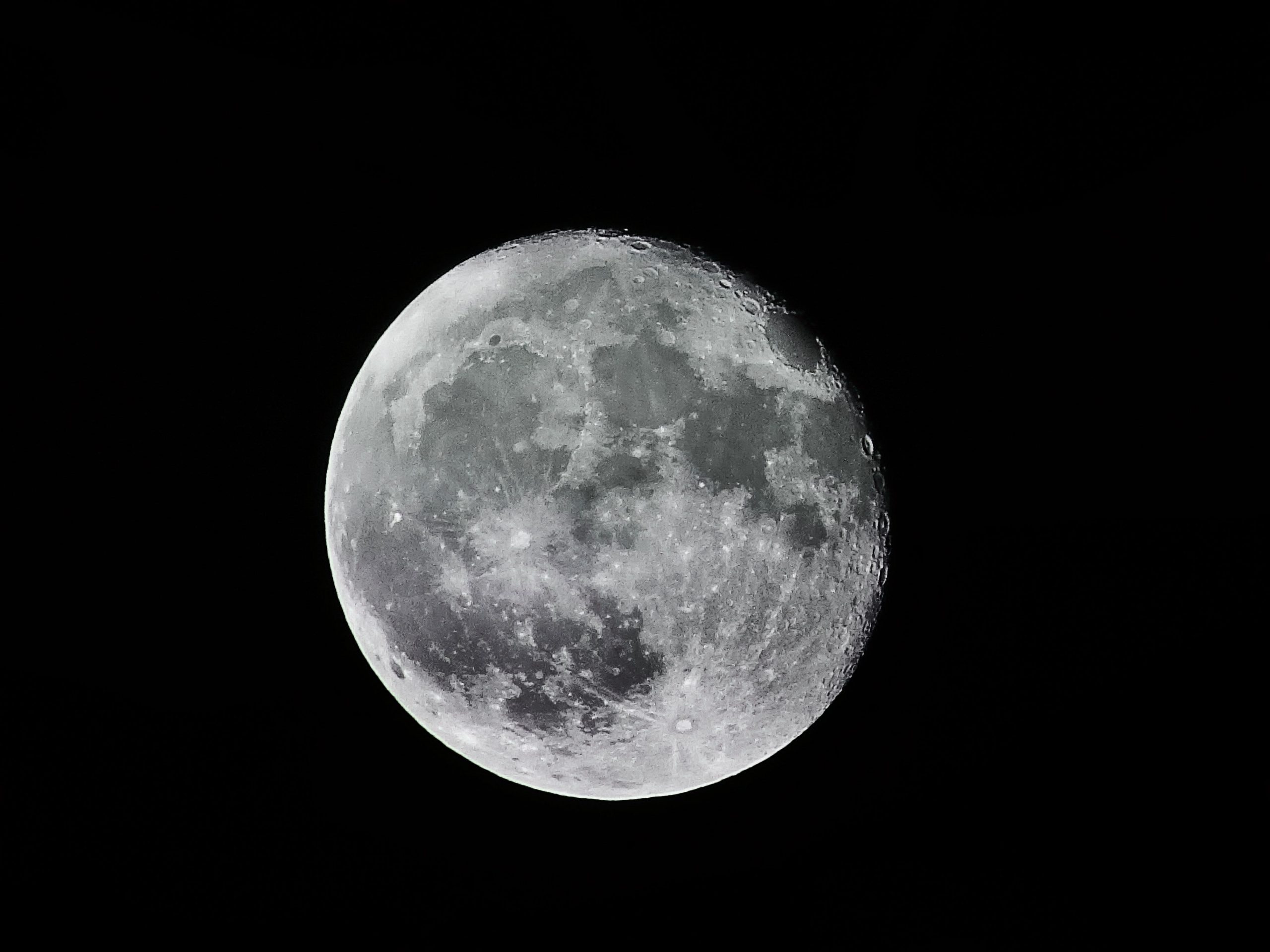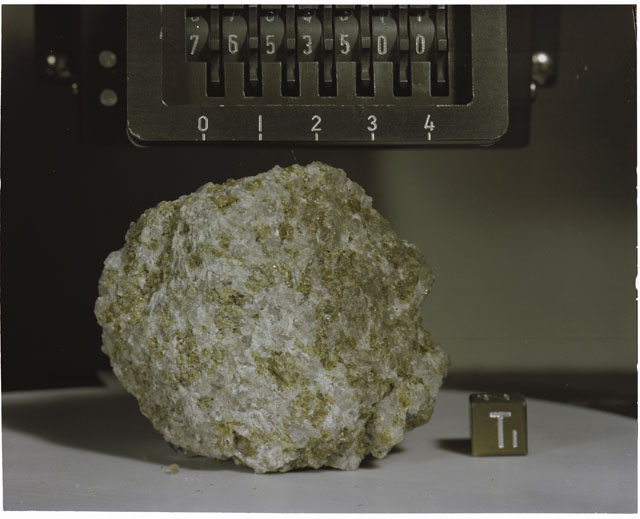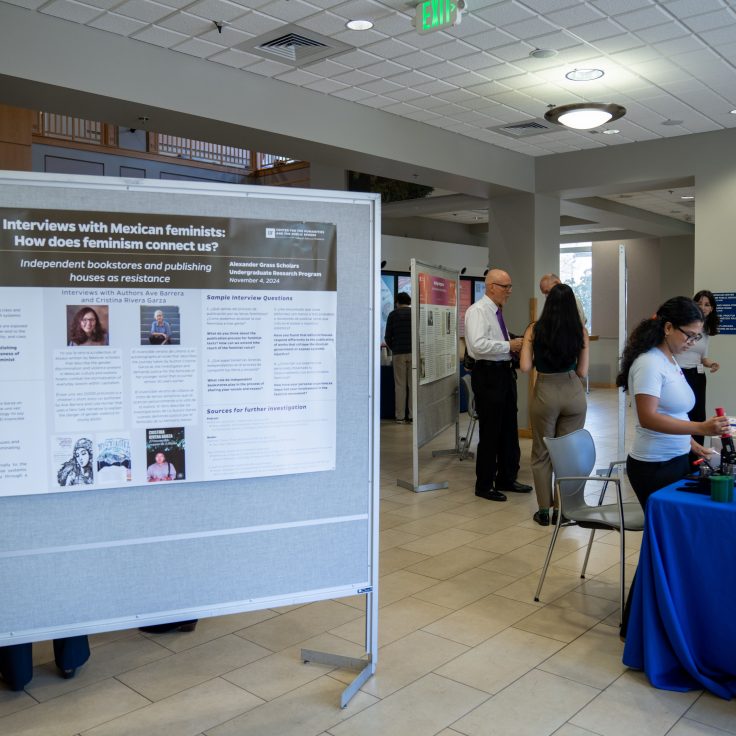
New Research Provides a Clearer View of the Moon’s History
There’s more to the Moon than meets the eye — much more, as it turns out.
“Humans only ever see one side of the Moon,” said Stephen Elardo, an assistant professor in the Department of Geological Sciences and NASA Early Career Fellow. He means that literally. The side that always faces toward Earth, known as the nearside, hides an essential fact about the Moon.
“Spacecraft orbiting the Moon have shown us that the Moon is asymmetric,” Elardo explained. “The farside, which faces away from Earth, has thicker crust with almost no lava flows on the surface, whereas there are many on the nearside.”
But that’s not the only difference — the rocks on each side of the Moon have their own unique chemistry. A large area on the surface of the nearside has a high concentration of radioactive elements and other elements that lower the temperature at which rocks in the mantle and crust melt to form magmas.
In research recently published in the journal Nature Geoscience, Elardo and a team of researchers conducted high-temperature laboratory experiments that quantified just how much of an effect the geochemistry of this region on the nearside would have on mantle melting temperatures. They then used their results to figure out how much more magma would be produced on the nearside relative to the farside.
The team focused their experiments on the time period just after the Moon formed to find out how widespread magmas that cooled into rocks that make up part of the Moon’s crust actually were.
“In the samples brought back from the Moon’s nearside by the Apollo missions, we find many of these rocks,” Elardo said. “But in lunar meteorites that we think came from the farside, we don’t really find these types of rocks.”

“We found in this work that there were likely between four and 13 times more magma on the Moon’s nearside relative to the farside early in the Moon’s history,” Elardo said. “Therefore, we should find more of the crustal rocks that formed from these magmas on the nearside and far fewer on the farside.”
These results help us see the Moon a little clearer, giving us a window into what was happening on and inside the Moon 4.3 billion years ago.
“Our results show that the Moon’s geochemical asymmetries became an important influence on lunar geologic evolution immediately,” Elardo said.


